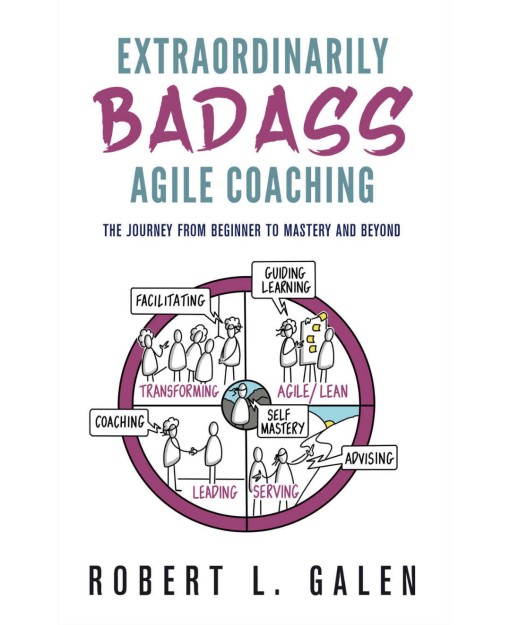
Badass Agile Coaching: The Journey from Beginner to Mastery and Beyond Chapter 12 connects the brain and the mouth. Language is both essential and a deterrent for creating understanding. This is a provocative statement, but the truth of the statement is not open for debate. As a coach, opening the spigot between your brain and your mouth will rarely motivate anyone to change their behavior. As I have noted in the past, earlier in my career I took sales training. Two related concepts that stuck with me were the need to avoid mutual mystification and never to baffle the listener with bull-poop. The core of both of these concepts is language.
In the re-read of Chapter 11, we focused on the role of empathy in connecting with executives. Chapter 12 returns to the topic of empathy in a more fundamental role. One of the messages in this chapter is that Agile coaches need to connect with those they are working with to understand their needs. Without the intimacy that empathy generates it is difficult to map your approach and language to your clients. For example, a few years ago I watched, in horror, as someone I held in great esteem, swooped into work with a department manager. They made zero attempts to build rapport and immediately dove into suggesting solutions. Even I got confused by the amount of jargon spewed during the meeting. In the end, the “guru” declared victory and raced off to the airport. After the fact, the client stated had no intention of paying for the visit. While the event was extreme, it highlights what happens when there is no connection.
Bob identifies many important aspects of language use for coaching. While the aspects of language mentioned in the chapter are important to be a badass agile coach, the “I versus We” aspect hit very close to the mark. During my days at the David Consulting Group, I worked with David Herron (one of the original owners). David mentored me on my use of I when describing work and activities. I used “I” even when working on a team. People perceived that I was putting myself ahead of the firm, the team, and even the client. Being I-centric put me in a place where I did not meet clients and my colleagues where they were. I still remember the conversation we had walking back to his car after a sales call. It was a call to action that help me become less I-centric and thus more empathic to everyone I interacted with.
I overheard a conversation between two people that were colleagues while eating breakfast in a hotel. The important part of the conversation included one colleague stating “I know what I said, but it wasn’t what I meant.” The other responded, “it doesn’t matter what you believe, they only know what you said.” What you say is what people think you believe. To be a badass agile coach you need the self-awareness to own and control the impact of your language.
Buy a copy of Badass Agile Coaching: The Journey from Beginner to Mastery and Beyond and read along.
Source link
